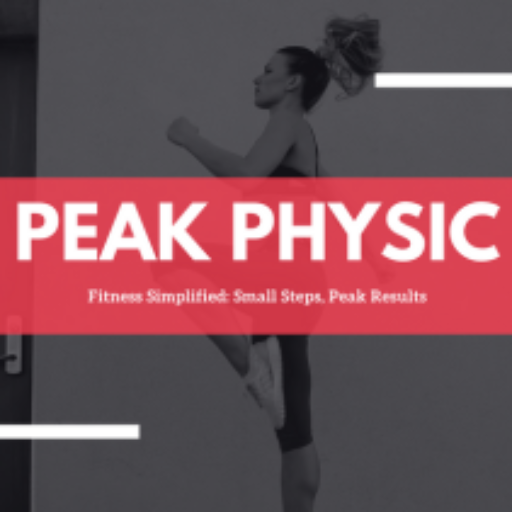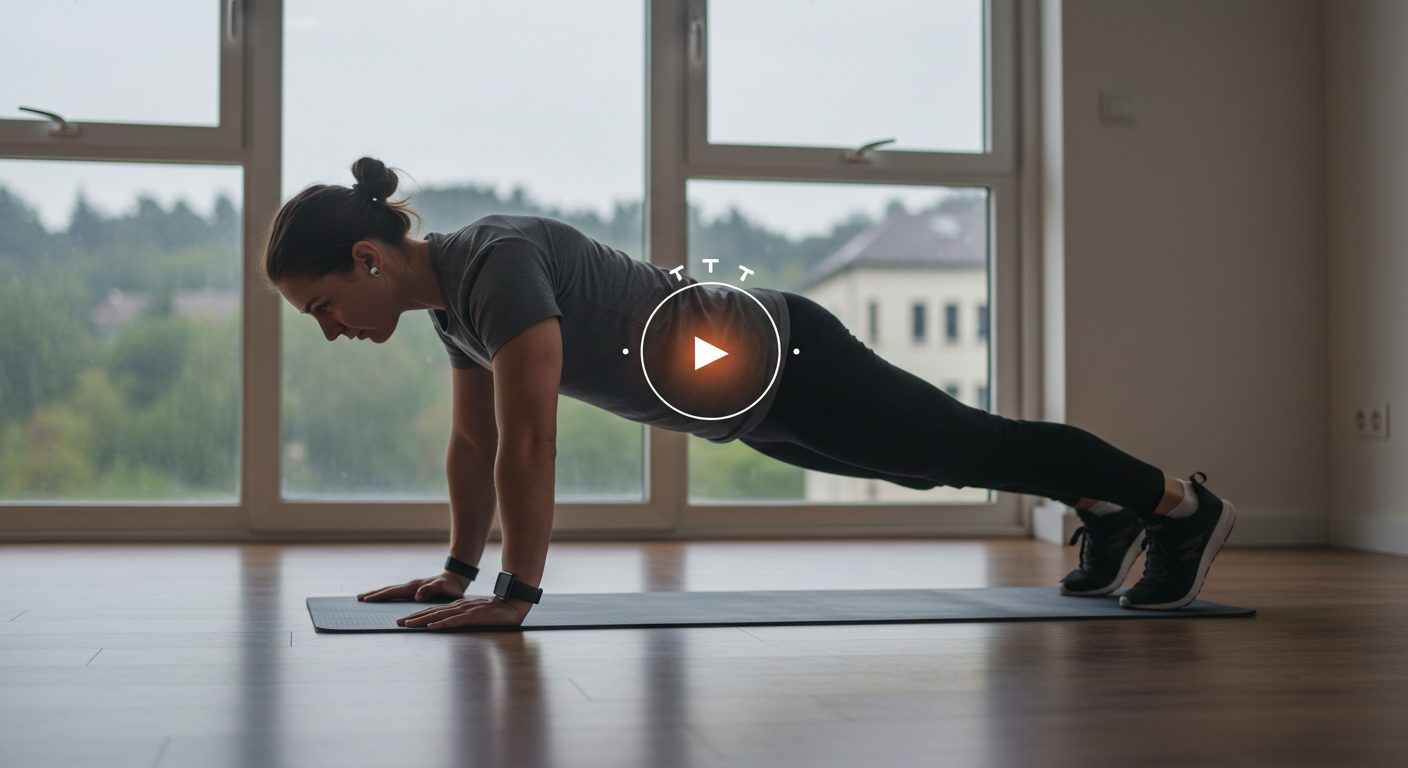In the world of fitness, few exercises are as simple yet effective as the plank. This isometric core-strengthening move has gained popularity for good reason. But what exactly happens when you incorporate planking into your daily routine? Let’s dive into the transformative effects of planking on your body, particularly when done for 1 minute, 5 times a day, and explore its impact on metabolism and fat loss.
The Immediate Impact: What Happens When You Plank
When you hold a plank position, your body engages multiple muscle groups simultaneously. Your core muscles, including the abdominals, obliques, and lower back, work hard to maintain stability. But it doesn’t stop there – your shoulders, arms, chest, glutes, and thighs all join the party.
Within just a minute of planking, you’re likely to feel:
- Your core muscles tightening
- A slight burn in your arms and shoulders
- Increased heart rate and breathing
Repeating this 5 times a day amplifies these effects, leading to noticeable improvements in strength and endurance over time.
Long-Term Benefits of Daily Planking
Consistency is key when it comes to reaping the full benefits of planking. Here’s what you can expect with regular practice:
1. Core Strength and Stability
The most obvious benefit of planking is a stronger core. This isn’t just about achieving a six-pack; it’s about developing functional strength that supports your everyday movements. A strong core improves your balance, stability, and overall body control.
2. Improved Posture
In our desk-bound world, good posture is more important than ever. Regular planking strengthens the muscles needed to maintain proper alignment, potentially reducing back pain and improving your overall posture.
3. Full-Body Conditioning
While planks primarily target the core, they offer benefits for the entire body. You’ll likely notice improved strength in your upper body, including your shoulders, arms, and chest. Your leg muscles, particularly the glutes and thighs, also get a good workout.
4. Mental Toughness
Holding a plank position isn’t just physically challenging – it’s a mental game too. As you progress and hold planks for longer durations, you’ll build mental resilience and discipline that can translate to other areas of your life.
Planking and Metabolism: The Fat-Burning Connection
One of the most intriguing aspects of planking is its potential impact on metabolism and fat loss. While planking alone isn’t a miracle solution for weight loss, it can play a significant role in a comprehensive fitness and nutrition plan.





Metabolic Boost
Planking engages multiple large muscle groups, which can lead to an increase in metabolic rate. This effect isn’t just during the exercise – it can continue for hours afterward, a phenomenon known as excess post-exercise oxygen consumption (EPOC) or the “afterburn effect.”
Calorie Burn
While planking doesn’t burn as many calories as high-intensity cardio exercises, it still contributes to your daily calorie expenditure. A 150-pound person may burn about 3-4 calories per minute while planking. While this might not seem like much, remember that the benefits extend beyond the immediate calorie burn.
Long-term Fat Loss Benefits
The real magic of planking lies in its ability to build lean muscle mass. Muscle tissue is more metabolically active than fat tissue, meaning it burns more calories even when you’re at rest. By increasing your muscle-to-fat ratio through regular planking, you’re setting yourself up for more efficient fat burning in the long run.
A Word on Spot Reduction
It’s important to note that while planking can strengthen your core muscles, it doesn’t directly target belly fat. The concept of spot reduction – losing fat from a specific area through targeted exercises – is a myth. Fat loss occurs throughout the body as a result of a calorie deficit, which is best achieved through a combination of diet and varied exercise.
Incorporating Planks into Your Routine
To experience the full benefits of planking, consistency is key. Aim for 1-minute planks, 5 times a day, as a starting point. As you build strength and endurance, you can increase the duration or try more challenging variations.
Remember, proper form is crucial. Keep your body in a straight line from head to heels, engage your core, and avoid sagging or lifting your hips. If you’re new to planking, start with shorter durations and gradually work your way up.
The Bottom Line
Planking is a powerful exercise that offers a multitude of benefits, from improved core strength and posture to potential metabolic advantages. While it’s not a standalone solution for fat loss, it’s an excellent addition to a well-rounded fitness routine.
By incorporating regular planking into your daily life, you’re not just working towards a stronger core – you’re investing in your overall health and fitness. So why not drop and give yourself a plank right now? Your body will thank you for it!




